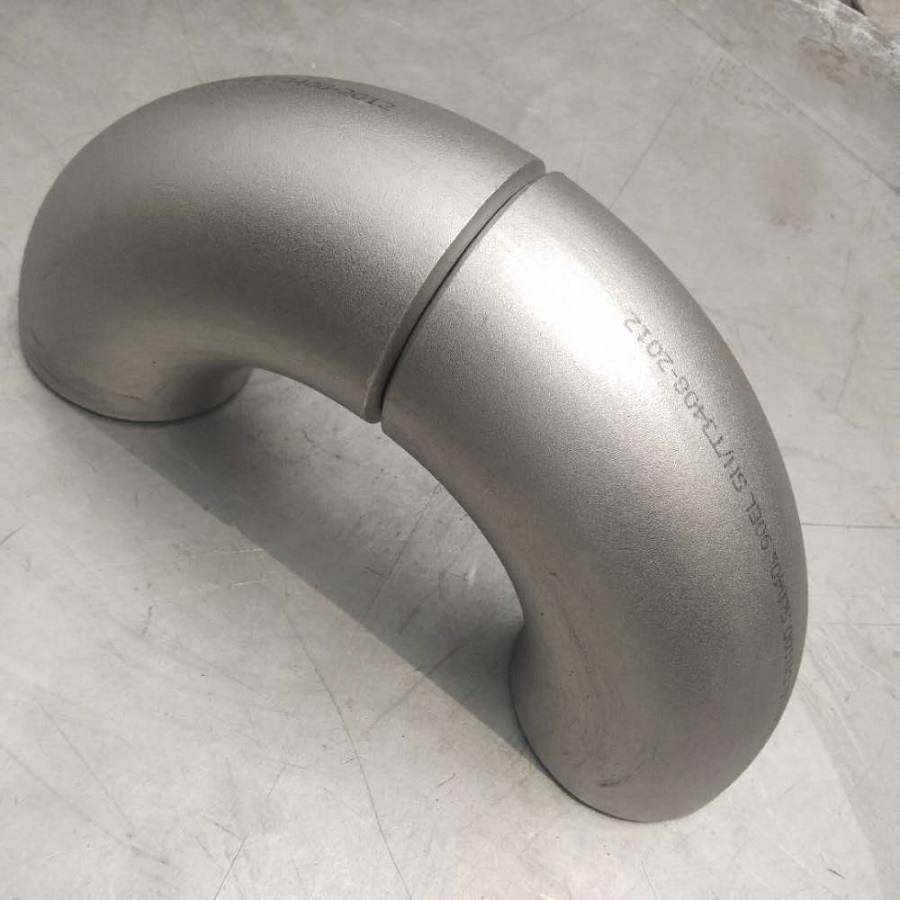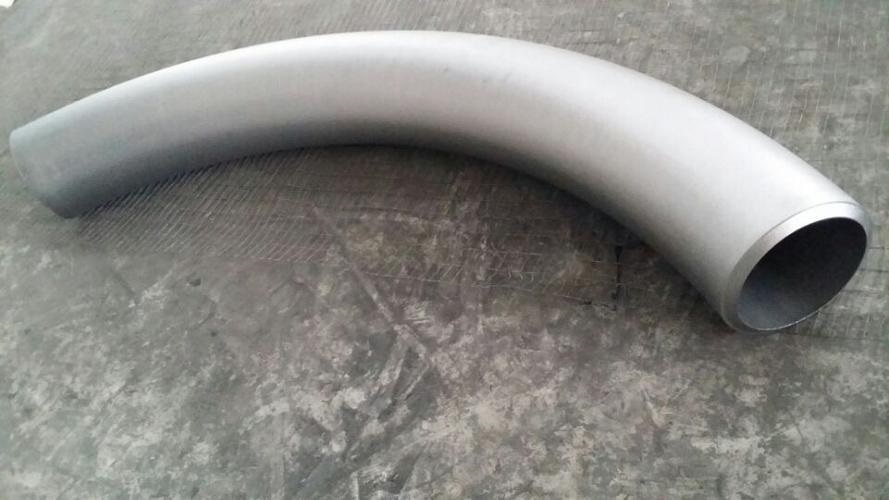Bends and elbows are fittings used to change the direction of a pipe. These two kinds of pipe fittings have a wide range of applications in construction, but in actual use, the performance of pipe bends and elbows is different, and elbows are used much more than pipe bends.
What is the difference between pipe bends and elbows?
An elbow is a pipe part with a bend, which is a commonly used pipe part. Bends are usually manufactured to specific needs. Compared with the elbow, the elbow is much longer and is a curved pipe, while the elbow is only a part that changes the direction of the pipe.
Although both are components that change the direction of the pipeline, there are many differences between these two components.
1. Different manufacturing processes for pipe bends and elbows
In the manufacturing process cold and hot bent pipes can be made of pipe bends, which directly bent by the pipe bending machine, and the bent pipe can be manufactured at one time without secondary anti-corrosion. However, the elbow needs to be customized by the manufacturer, it needs to be anti-corrosion, and the order cycle is long.

Elbows
2. Different prices for pipe bends and elbows
The price of the pipe bend is lower than elbow, so the cost performance is much higher than elbow. But if the pipe bend is not treated with anti-corrosion, it will be easily damaged. However, due to its low price, it is widely used in some less demanding projects.
3. The scope of pipe bends and elbows application is different
In a good construction environment, both pipe bend and elbows can be used. If you only consider the cost, then you can choose cold-formed elbows. After all, although the quality of hot bending elbows is better, the cost is very high. In the process of construction, elbows are more suitable for use in relatively narrow places, because it is convenient for construction, while elbows need to consider the specific environment of construction. Although they can also be used in narrow environments, they will be difficult to operate when operating. Encountered some trouble.

Pipe bends
In fact, no matter how big the difference between the elbow and the elbow is, from the perspective of component manufacturing, the elbow is actually a kind of pipe bends, but the elbow is relatively short. Of course, in the actual construction process, if you need to change the direction, you can choose which one to use according to the specific situation of the construction. Generally speaking, there is no better one between the pipe bend and the elbow, but the applicable The construction environment is different.
Comments
Post a Comment